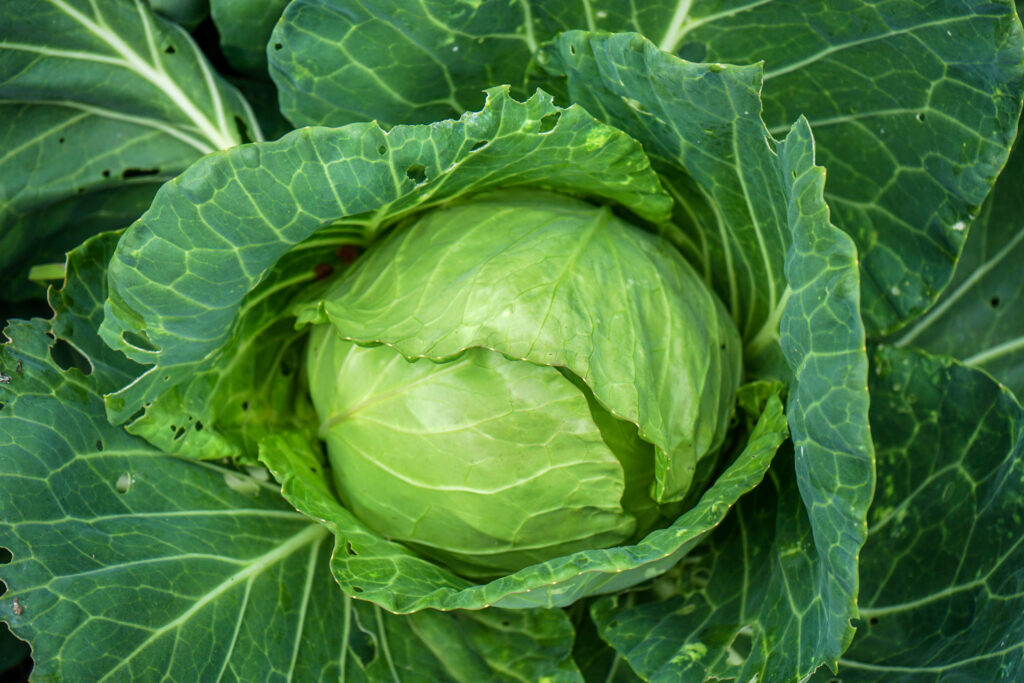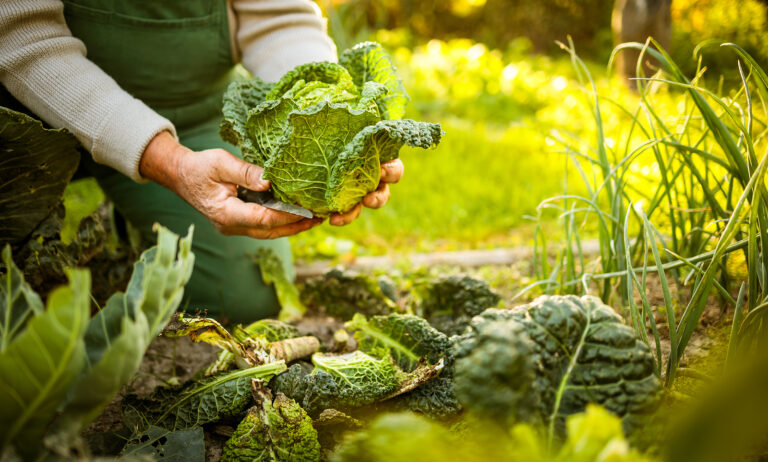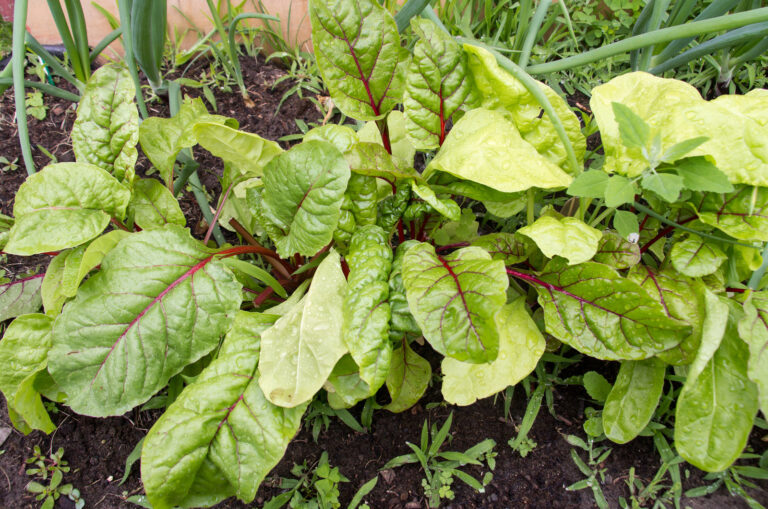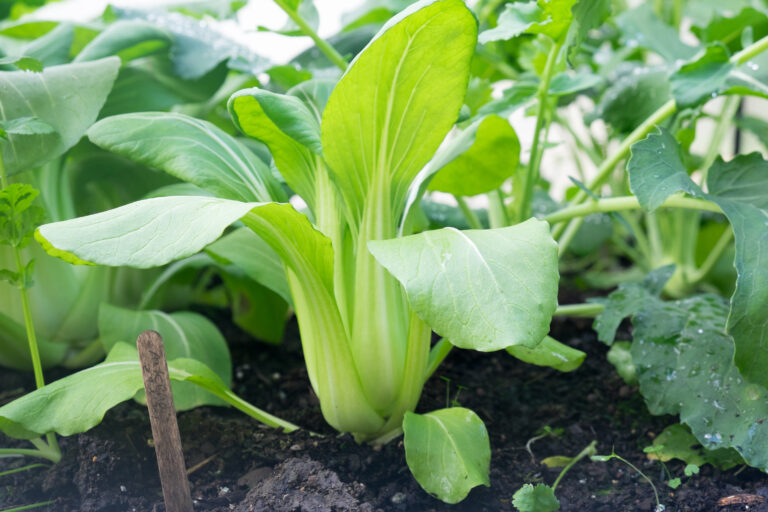How to Fertilize Cabbage for Leaf Growth and Head Formation
Cabbage is a nutrient-hungry vegetable that requires balanced fertilization to thrive—from producing vigorous leafy growth to forming dense, tight heads. With over 30 years of growing experience, I’ve found that timing and type of fertilizer make a big difference in cabbage quality and yield. This guide covers how to fertilize cabbage effectively for both leaf and head development.

Understanding Cabbage Nutrient Needs
- Nitrogen (N): Supports leafy, lush growth early in the season.
- Phosphorus (P): Encourages strong root development for healthy plants.
- Potassium (K): Essential during head formation for firm, dense heads.
When and How to Fertilize
- Pre-Plant Fertilization:
- Incorporate well-aged compost or balanced fertilizer (e.g., 10-10-10) into the soil before planting.
- This builds a nutrient-rich base for seedlings.
- Side-Dressing During Leaf Growth:
- About 3–4 weeks after transplanting, apply a nitrogen-rich fertilizer (such as fish emulsion or blood meal).
- This boosts leafy growth essential for photosynthesis.
- Fertilizing for Head Formation:
- When heads begin to form (typically 5–6 weeks after transplant), switch to a fertilizer higher in potassium (like kelp meal or sulfate of potash).
- This supports head firmness and size.
Tips for Effective Fertilizing
- Water before and after applying fertilizer to reduce root burn and improve nutrient uptake.
- Avoid over-fertilizing nitrogen late in the season to prevent loose heads and increased pest susceptibility.
- Use organic fertilizers where possible to promote soil health.
My takeaway:
In my Sonoma Valley (Zone 9) garden, staggered fertilization timed to cabbage growth stages consistently produces large, sweet heads and strong, healthy plants. Paying attention to nutrient shifts from leafy growth to head formation is key to success.
Cabbage Fertilizing Schedule
| Growth Stage | Timing | Fertilizer Type | Application Tips |
|---|---|---|---|
| Pre-Plant Soil Prep | Before planting | Balanced (10-10-10) or compost | Work into soil deeply for nutrient-rich base |
| Leaf Growth | 3–4 weeks after transplanting | Nitrogen-rich (fish emulsion, blood meal) | Side-dress around plants; water in well |
| Head Formation | 5–6 weeks after transplanting | Potassium-rich (kelp meal, sulfate of potash) | Apply carefully to avoid leaf burn |
| Late Season | 1–2 weeks before harvest | Light feeding or none | Avoid excess nitrogen to prevent loose heads |
Pro tip:
I always water thoroughly before and after fertilizing to ensure nutrients reach roots without causing fertilizer burn. Timing fertilizer with growth stages produces the best flavor and head density.
Cabbage Learning Hub
🥬 Start Here: The Ultimate Cabbage Growing Guide: From Seed to Harvest
🌿 Planting & Timing
- Cabbage Seed Starting Tips
- When to Plant Cabbage: Timing for Spring, Summer, and Fall Crops
Covers zone-based timing, transplant vs. direct sow. - How to Grow Spring Cabbage for Early Harvests
“Spring cabbage growing” – high seasonal interest. - How to Grow Cabbage in Containers: A Complete Guide
Perfect for urban/small-space gardeners. Include spacing, soil depth, and feeding. - How to Space and Thin Cabbage for Tight, Heavy Heads
Spacing is a common problem leading to poor heads or bolting.
How to Plant, Grow, and Harvest Chinese Cabbage
🦟 Pests, Diseases & Troubleshooting
- Common Cabbage Pests and How to Get Rid of Them Naturally
Aphids, cabbage worms, flea beetles, cutworms. - Why Is My Cabbage Splitting? Causes and Fixes for Cracked Heads
Very specific problem; here’s why this happens. - How to Prevent Bolting in Cabbage and Other Brassicas
Seasonal temperature swings confuse many gardeners.
💧 Care & Growing Tips
- How Much Water Does Cabbage Need? A Seasonal Watering Guide
“How often to water cabbage” queries are common. - How to Fertilize Cabbage for Leaf Growth and Head Formation
Discuss starter fertilizer, side-dressing, nitrogen balance.
What to plant with cabbage. - Common Cabbage Pests and Diseases and How to Treat Them Naturally
🧊 Harvesting, Storage & Preservation
- How to Harvest and Store Cabbage
- How and When to Harvest Cabbage for Peak Flavor and Texture
Includes signs of readiness and how to cut heads without damagin - Best Companion Plants for Cabbage (And What to Avoid)g the plant.
🥗 In the Kitchen & Beyond
- Seven Ways to Cook and Serve Cabbage
- Five Ways to Cook and Serve Chinese Cabbage
- Four Ways to Cook and Serve Napa Cabbage
🌱 Varieties & Seed Saving
- Best Cabbage Varieties for Your Climate and Growing Zone
Optimized for zone-specific growing.
- Savoy, Napa, and Red: Which Type of Cabbage Should You Grow?
Comparative format — helpful for new gardeners. - Growing Green Cabbage vs. Red Cabbage: The Differences
- Oriental Mustard Cabbage Explained: White Stalks vs. Green Stalks






